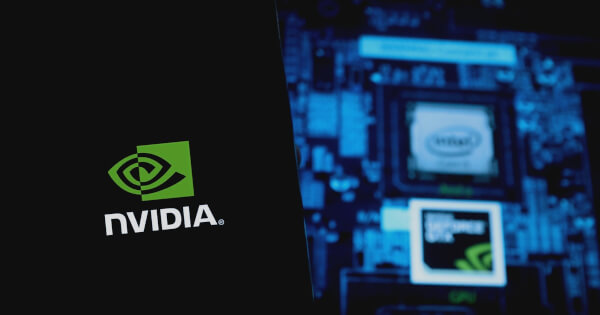Lawrence Jengar
Oct 18, 2024 02:33
Siemens and NVIDIA leverage digital twins to enhance sustainable manufacturing, reducing emissions and optimizing processes through advanced simulations and real-time data integration.
In a significant stride towards sustainable manufacturing, Siemens and NVIDIA are pioneering the use of digital twins to optimize production processes and reduce carbon emissions. This innovative approach is part of a broader effort to improve the sustainability of manufacturing cycles, from material sourcing to end-of-life disposal, according to the NVIDIA Blog.
Key Challenges in Sustainable Manufacturing
Balancing sustainability with profitability remains a challenge for manufacturers. A 2022 study by Ernst & Young highlighted that digital twins could reduce construction costs by up to 35%, indicating a strong link between resource consumption and expenses. However, departmental silos and data management issues still pose significant hurdles.
Many manufacturers struggle to harness vast data resources effectively, impacting their sustainability goals. A study by The Manufacturer revealed that data inefficiencies negatively influence energy efficiency and sustainability, with data often siloed to local use cases.
The Role of Digital Twins in Sustainable Manufacturing
Digital twins, powered by platforms like NVIDIA Omniverse, are transforming the manufacturing landscape. By contextualizing engineering data, digital twins provide a comprehensive view that enhances collaboration across departments. This technology allows for the simulation and optimization of designs and processes, minimizing waste and errors.
Siemens is integrating NVIDIA Omniverse APIs into its Xcelerator platform, enabling companies to create detailed digital twins for better resource management. Companies like HD Hyundai are leveraging these capabilities to visualize complex engineering data, enhancing their sustainable manufacturing efforts.
Similarly, Foxconn has developed a virtual plant using digital twins to optimize its production processes. By simulating factory environments, Foxconn aims to improve automation and efficiency, expecting a 30% reduction in annual energy consumption.
Making Every Watt Count
With the rising demand for AI, industries are challenged to balance energy efficiency with AI growth. Accelerated computing platforms, integrating GPUs and CPUs, offer a solution by enhancing computational efficiency and reducing energy use. These systems have demonstrated up to 20x more energy efficiency in AI tasks compared to traditional CPU systems.
Manufacturers can further reduce their environmental impact through energy management strategies, including renewable energy sourcing and innovative practices like heat reuse.
The Future of Sustainable Manufacturing: Industrial Digitalization
The next phase in manufacturing is the industrial metaverse, where digital and physical realms merge. This evolution will allow for more immersive digital twins, enabling faster, data-driven decisions. Siemens’ CEO Roland Busch emphasizes the potential of these advancements to revolutionize product design and manufacturing.
Leading the Way With Digital Twins and Sustainable Computing
The collaboration between Siemens and NVIDIA exemplifies the potential of digital twins and accelerated computing in reducing manufacturing’s environmental impact. Through advanced simulations and AI insights, manufacturers are poised to achieve greater energy efficiency and reduced waste on their path to decarbonization.
Image source: Shutterstock









